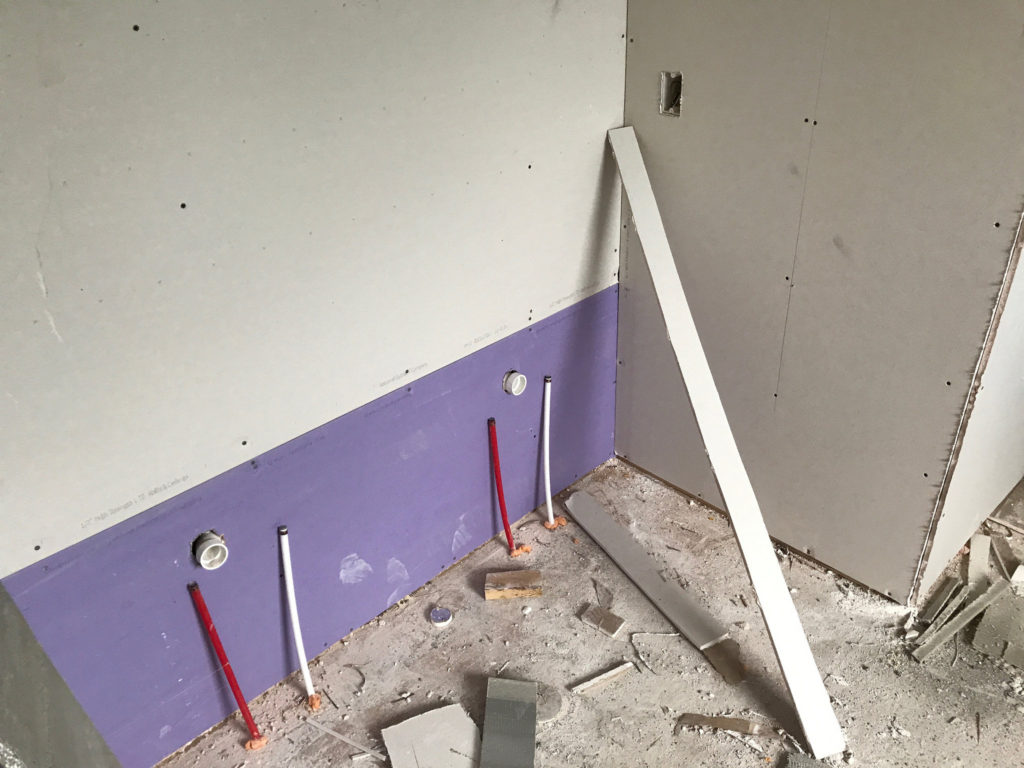
Drywalling is something many people do as a DIY task in their own home. In order to make sure they do things the right way, and don’t end up with huge repair bills later on, it is important that they properly prepare themselves, preferably with professional help. As a leading expert on drywalls, Lloyd Claycomb has answered a number of the most common questions.
Q. My drywall has water damage. Can I fix it, or does it need replacing?
Drywall can cope with quite significant water exposure before it cracks. In many cases, when it does get damaged, it is cosmetic only. If the compound dissolves and/or the tape has let loose, it will require repairs, which should be done by a professional.
Q. My drywall is moldy, should I be concerned?
Mold can only survive when there is moisture present. Generally speaking, however, mold is only dangerous to people with breathing problems and it is quite easy to remove yourself with a bit of bleach. Should the paper have been eaten away, then simply cut the paper off, remove the mold, and replace it. Do find out where the moisture is coming from, however.
Q. How do I know if I have Chinese drywall?
Chinese drywall is a significant environmental problem. If you have it, it is likely that you feel burning in your throat and eyes, which will occur within months of the original installation. There are complex legal rulings involved with Chinese drywall, so you do have to call in a professional for this.
Q. I don’t like my ceiling’s popcorn texture. How do I remove it?
If you have not painted the ceiling, it can simply be re-textured. However, popcorn textures are usually installed when there are a lot of flaws in the ceiling itself. This means that a professional might find a lot of repair work has to be one before it can be re-textured. You may, therefore, have to set a larger budget aside for this.
Q. What is the best drywall texture?
The texture you choose is not actually important, as it isn’t something people actually look at. It is often trendy to pick something very heavy or bold, which is not recommended because trends come and go. A good way to tell whether your drywall contractor is good at what they do, is by checking they are capable of doing a light texture.
Orange peel is the most common texture, which is patchable, washable, and light. Knock down textures are often used on ceilings, which is thicker than orange peel and has some dots on it. Both of these textures are far more cost-effective than a perfectly smooth finish. The skip trowel is the least common texture, as it has to be applied by hand rather than spray, making it very expensive.
Hopefully, these answers will have helped you with any questions you may have had about drywall. A good contractor will also be more than happy to discuss any other questions remaining.